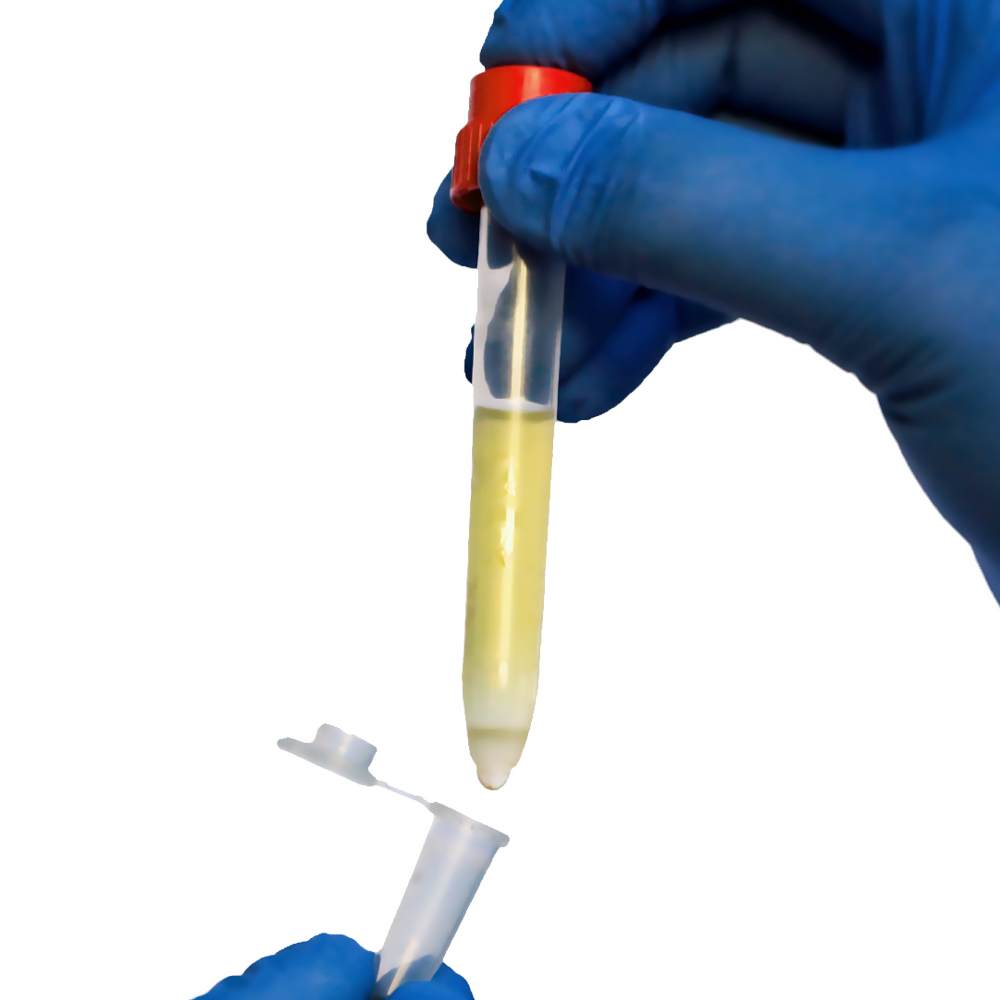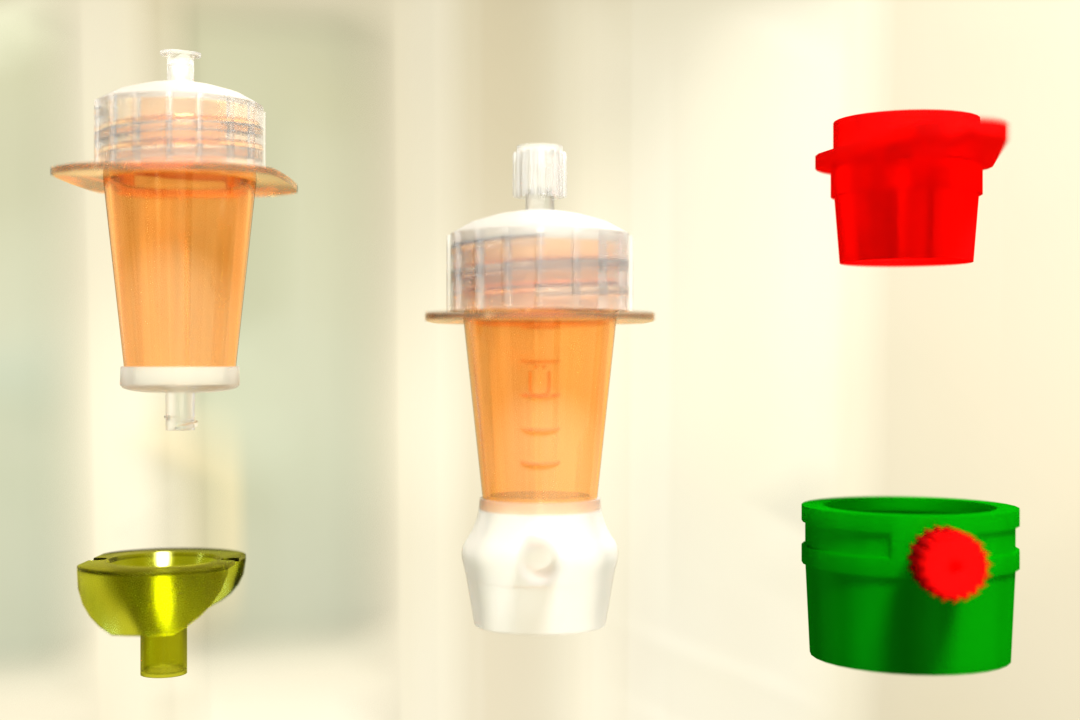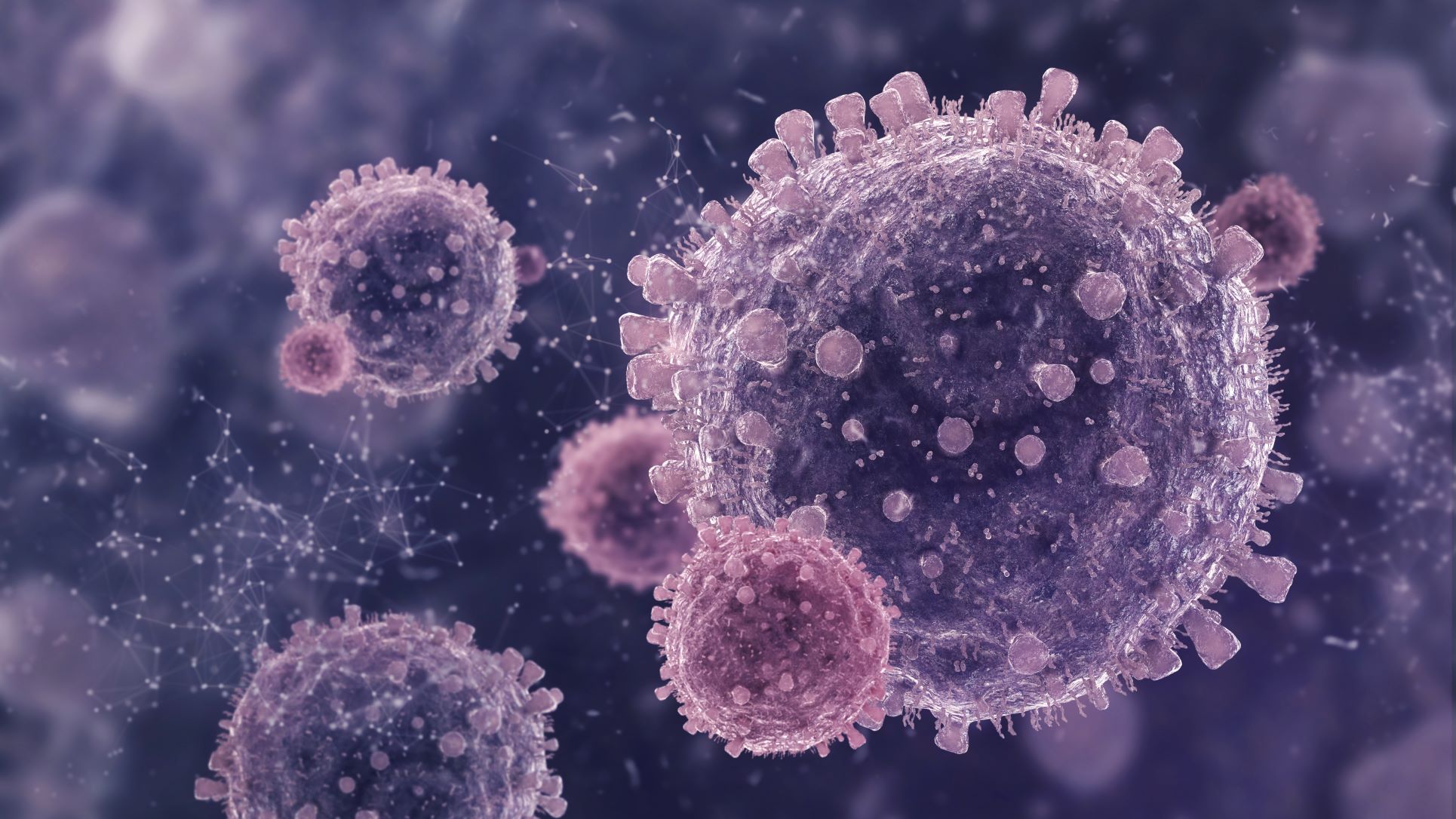The article explores advanced techniques for isolating Peripheral Blood Mononuclear Cells (PBMCs) with enhanced efficiency and purity, focusing on innovative tools that streamline the separation process.
Peripheral blood mononuclear cells (PBMCs) are a diverse group of immune cells essential for the body’s defense against infections and diseases. These cells include lymphocytes (T cells, B cells, and NK cells), monocytes, and dendritic cells. Due to their significant role in immune response, PBMCs are widely used in research and clinical applications. Isolating PBMCs efficiently and effectively is crucial, and advanced techniques like density gradient centrifugation play a pivotal role in this process.
Key PBMC Cell Types and Their Roles
PBMCs consist of several distinct cell types, each performing specialized functions:
1. Lymphocytes: Comprising 70-90% of PBMCs, lymphocytes are essential for immune responses. They include:
- T Cells: These are further divided into CD4+ helper T cells and CD8+ killer T cells. CD4+ T cells activate immune responses, while CD8+ T cells directly destroy infected or cancerous cells.
- B Cells: B cells produce antibodies that target specific antigens, playing a crucial role in the humoral immune response.
- Natural Killer (NK) Cells: NK cells provide a rapid response to infected or malignant cells without prior antigen exposure.
2. Monocytes: Making up 10-30% of PBMCs, monocytes can differentiate into macrophages or dendritic cells. Macrophages help in clearing cellular debris and pathogens, while dendritic cells present antigens to lymphocytes to initiate an immune response.
3. Dendritic Cells: These are specialized antigen-presenting cells that capture and present antigens to T cells, crucial for the activation of adaptive immunity. Though they constitute a small fraction of PBMCs, their role in immune surveillance and activation is indispensable.
4. The Role of Density Gradient Centrifugation in PBMC Isolation
5. Density gradient centrifugation is a widely used method for separating different cell populations, including PBMCs, from whole blood. This technique relies on the density differences between cells to separate them within a medium during centrifugation. The PBMCs are typically found in a distinct layer above the separation medium after the process, making it easier to isolate them.
6. The density gradient centrifugation principle is based on creating a density gradient medium, which allows cells to settle at different levels depending on their density. This method is particularly effective for separating PBMCs from other blood components, such as erythrocytes and granulocytes.
Advanced PBMC Isolation Methods
Density gradient centrifugation has long been a standard method for isolating PBMCs. Let’s explore how TwinSpin, pluriSpin and PluriMate helps in PBMC isolation:
TwinSpin: Enhancing PBMC Separation Efficiency
The TwinSpin system is an innovative tool designed to optimize the separation of PBMCs from whole blood or bone marrow using density gradient centrifugation. TwinSpin centrifugation tubes have to be filled with a Density Gradient Medium (DGM) that facilitates the separation process. The system comprises an inner and outer tube, where the inner tube has an open bottom submerged in the DGM.
During centrifugation, the TwinSpin system ensures that leukocytes, lymphocytes, and PBMCs are efficiently separated from unwanted cells like erythrocytes and granulocytes. The result is an enriched layer of target cells above the DGM, which can be easily collected without contamination. TwinSpin’s design, featuring a built-in pipette system, simplifies the collection process, making it a valuable tool for researchers and clinicians.
pluriSpin: A New Approach to Cell Selection
pluriSpin introduces a novel method of cell selection that focuses on removing unwanted cells rather than capturing desired ones. This negative selection process involves using specific antibodies to bind and separate all cells except those of interest. The pluriSpin system is particularly advantageous because it isolates viable, untouched, and highly purified cells in a single step without the need for magnets or columns.
This technique minimizes the risk of activating or damaging the cells of interest, which is crucial when working with sensitive cell populations like PBMCs. By maintaining the integrity of the target cells, pluriSpin ensures that the isolated PBMCs are suitable for downstream applications, such as research on immune responses, disease modeling, and personalized medicine.
PluriMate: Streamlining PBMC Separation
PluriMate is another innovative cell separation technology designed to enhance the separation of leukocytes and PBMCs from whole blood and bone marrow. The key feature of PluriMate is the mesh supported barrier incorporated at the bottom of the centrifuge tube, which eliminates the need for time-consuming overlaying of the sample material. This sponge acts as a barrier, preventing the sample from mixing with the separation medium during centrifugation.
As the blood or bone marrow sample undergoes centrifugation, leukocytes, lymphocytes, and PBMCs are separated from erythrocytes and granulocytes. The cells of interest are enriched in an interphase above the separation medium, ready for collection. PluriMate’s design prevents recontamination during the harvesting process, ensuring that the enriched cell fraction remains pure and uncontaminated.
Applications of PBMCs in Research and Medicine
PBMCs are invaluable in various fields of research and medicine due to their role in immune response. Some of the key applications of PBMCs include:
- Infectious Disease Research: PBMCs are used to study how the immune system responds to various pathogens, including viruses, bacteria, and parasites. Researchers can investigate the mechanisms of immune activation, the effectiveness of vaccines, and the progression of infectious diseases.
- Cancer Research: PBMCs play a critical role in cancer research, particularly in understanding the immune system’s response to tumors. They are also used in developing immunotherapies, such as CAR-T cell therapy, where PBMCs are genetically modified to target and destroy cancer cells.
- Personalized Medicine: The ability to isolate and manipulate PBMCs has opened new avenues in personalized medicine. Researchers can use PBMCs to study an individual’s immune response and develop tailored treatments for conditions like autoimmune diseases and cancers.
- Toxicology and Drug Development: PBMCs are used in toxicology studies to assess the impact of drugs and other substances on the immune system. This helps in developing safer and more effective treatments for various diseases.
Conclusion: The Future of PBMC Isolation
The demand for PBMCs in research and clinical applications continues to grow, making it essential to use advanced techniques like density gradient centrifugation to ensure efficient and effective isolation. Products like TwinSpin, pluriSpin, and PluriMate are redefining PBMC separation by offering innovative solutions that streamline the process, improve cell purity, and reduce the risk of contamination.
As researchers and clinicians continue to explore the potential of PBMCs in various fields, the importance of reliable and efficient isolation methods cannot be overstated. By incorporating these advanced cell separation tools and techniques, the scientific community can unlock new insights into immune responses, disease mechanisms, and potential therapies that will shape the future of medicine.
 English
English French
French
 German
German
 Spanish
Spanish
 Belgium
Belgium
 Italian
Italian Brazil
Brazil Chinese Mandarin
Chinese Mandarin




